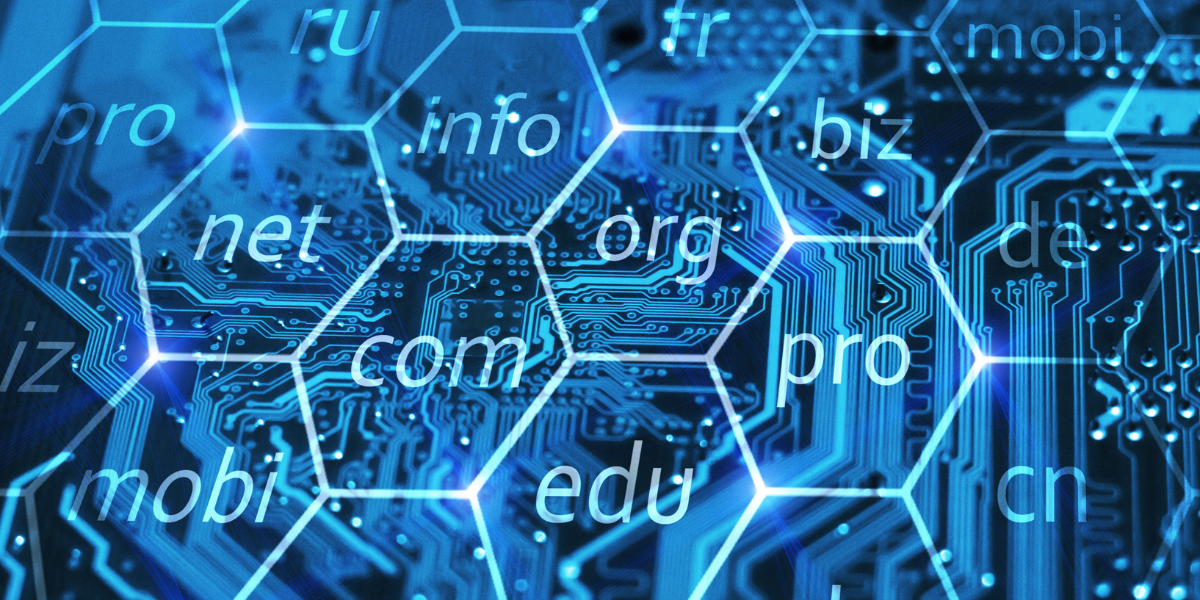Security professionals are concerned about the security of their domains and are searching for how to protect their business stability and reputation.
And rightfully so; there is no doubt that cybercrime is on the rise:
- Phishing attacks on global brands are up 19% YoY
- The economic cost of cybercrime for 2023 is predicted at $8 trillion
At the same time, enterprises fail to follow domain security best practices that help minimize risks associated with cyber threats.
According to CSC’s Domain Security Report for 2021, which focused on Forbes Global 2000 companies:
- Only 19% of Forbes Global 2000 companies use domain registry locks.
- Less than 50% of companies use enterprise-class domain registrars.
- Fewer than 20% of Global 2000 companies use DNS redundancy.
- As little as 5% of Global 2000 companies implement Domain Name System Security Extensions (DNSSECs).
- Just 50% of these companies use DMARC records.
To help you devise an effective domain security strategy, we’ve outlined the significant risks to domain security and summarized the steps you can take to protect yourself from potential risks.
But first, let’s look at what domain security is.
What is Domain Security?
Domain security refers to policies, procedures, tools, and security solutions you put in place to protect your domain from unauthorized access, data breaches, and website unavailability.
An effective domain security policy can minimize risks to domain security – including domain name security – and ensure business continuity and customer protection.
What are the Most Critical Domain Security Risks?
These are some of the most significant security risks for enterprise domains.
Phishing
Phishing is a practice used by hackers to steal confidential information such as passwords, credit card information, and information related to bank accounts.
The most common phishing attack involves using an email that mimics a legitimate source and tricks the recipient into handing over confidential data. Phishing attacks often involve an email or social media message with a link, asking the recipient to update details, such as their password, via the provided link.
Domain phishing happens when hackers pose as a legitimate domain and try to obtain sensitive information from audiences (employees, customers, prospects, etc.) searching for that domain. The hackers can then use the obtained information for malicious purposes.
Domain Name System (DNS) spoofing.
Each computer or device connected to the Internet has a unique Internet Protocol (or IP address). This IP address is a string of numbers separated by periods, for example, 172.17.1.10.
Such strings of numbers are complex for humans to remember. The Domain Name System, or DNS, was invented to make it earlier for humans to access and understand the addresses of devices connected to the Internet. DNS maps the IP addresses to domain names and is stored in digital directories called DNS servers.
Domain spoofing, or DNS cache poisoning, occurs when malicious actors enter incorrect information into the DNS cache. As a result, when users try to access a website, they get redirected to the malicious website.
For example: suppose the website www.mywebsite.com should map to 10.11.150.5. After a hacker alters the DNS data,www.mywebsite.com now maps to 176.15.20.40. Now users trying to reach www.mywebsite.com will get redirected to a different website, which might host malicious content. The legitimate website owner will lose traffic and revenue but can also suffer a loss of reputation from deceived customers.
Domain hijacking
Domain hijacking occurs when malicious actors take control of a domain through hacking or illegal means.
Domain registrars provide domain registration and map domain names to IP addresses when they are registered. For example, if you want to build a website with the www.mywebsite.com address, first, you must register the domain name with a registrar such as GoDaddy, Bluehost, or Namecheap.
To hijack your domain, a hacker must first steal the user ID and password for your domain registrar account. The hacker can use several methods, including phishing attacks, to steal your data. After gaining access to your control panel on the domain registrar’s website, the hacker can transfer ownership of the domain or make changes so that users get redirected to a website the hacker controls.
Typosquatting
Typosquatting is another malicious activity cyber criminals use to benefit from traffic destined for well-known brands and their websites.
Hackers register domains that are similar to the website they are targeting. They use misspelled versions of the site URL, for example, my-website.com instead of mywebsite.com, to direct users to malicious domains they own.
Top 5 Ways You Can Prevent Attacks
Now that you know about some of the most common major domain security risks, let’s look at the best practices you can follow to strengthen your domain security systems and protect your brand from malicious actors.
1) Implement domain locking
Domain locking is a security feature that prevents unauthorized domain transfer attempts. You can change domain settings and update contact information when your domain is locked. However, you must unlock your domain before you can transfer it.
2) Use an enterprise-class domain name registrar
Unlike consumer-class registrars, enterprise-class domain registrars provide specialized domain security services to help businesses and brands protect their domains. Some of the benefits of using enterprise-class domain registrars include:
- Processes: Registry transfer-lock support, General Data Protection Regulation (GDPR) compliance, Internet Corporation for Assigned Names and Numbers (ICANN) accreditation, and domain privacy protection.
- Technology: Accredited data centers, third-party vulnerability, and penetration testing.
- People: Well-trained support staff.
3) Use DNSSEC
Domain Name System Security Extensions, or DNSSEC, is a security feature for authenticating DNS lookup responses.
DNSSEC adds digital signatures to DNS records and helps prevent malicious attacks, including DNS cache poisoning and spoofing.
4) Enable two-factor authentication (2FA)
Two-factor authentication is a login process that requires you to enter information in addition to your password.
Some examples of additional information required by 2FA include:
- One-time password (OTP) that you receive in your e-mail or via SMS
- Login code from a mobile authenticator app
With 2FA enabled, hackers cannot access your domain registrar accounts even if your password gets compromised.
Multi-factor authentication, or MFA, requires additional authentication factors and can be used to enhance account security further.
5) Use DMARC
Domain-based Message Authentication, Reporting & Conformance, or DMARC, is an email authentication protocol. You can use it to protect yourself from email spoofing.
With DMARC enabled, your email server will ensure all received emails comply with your DMARC policy. Any email that does not pass the policy will get rejected and will not be delivered to the recipient’s inbox.
Preventing Domain Security Risks with AI Technology
Threats to domain security are real and have far-ranging effects on users and domain owners. By implementing best practices, you can minimize potential risks and protect yourself from ever-increasing threats to cyber security.
Bolster’s full suite of AI-based domain monitoring tools offers:
- Ultra-fast AI-driven detection of look-alike & typosquat domains, fake sites, phishing & scam activity.
- Enriched threat intel to continuously monitor & assess threat landscapes.
- Domain security scanner with capabilities for zero-touch takedowns of malicious sites globally.
Take advantage of our free demos to assess the efficacy of our product and find the optimal solution for your business.









